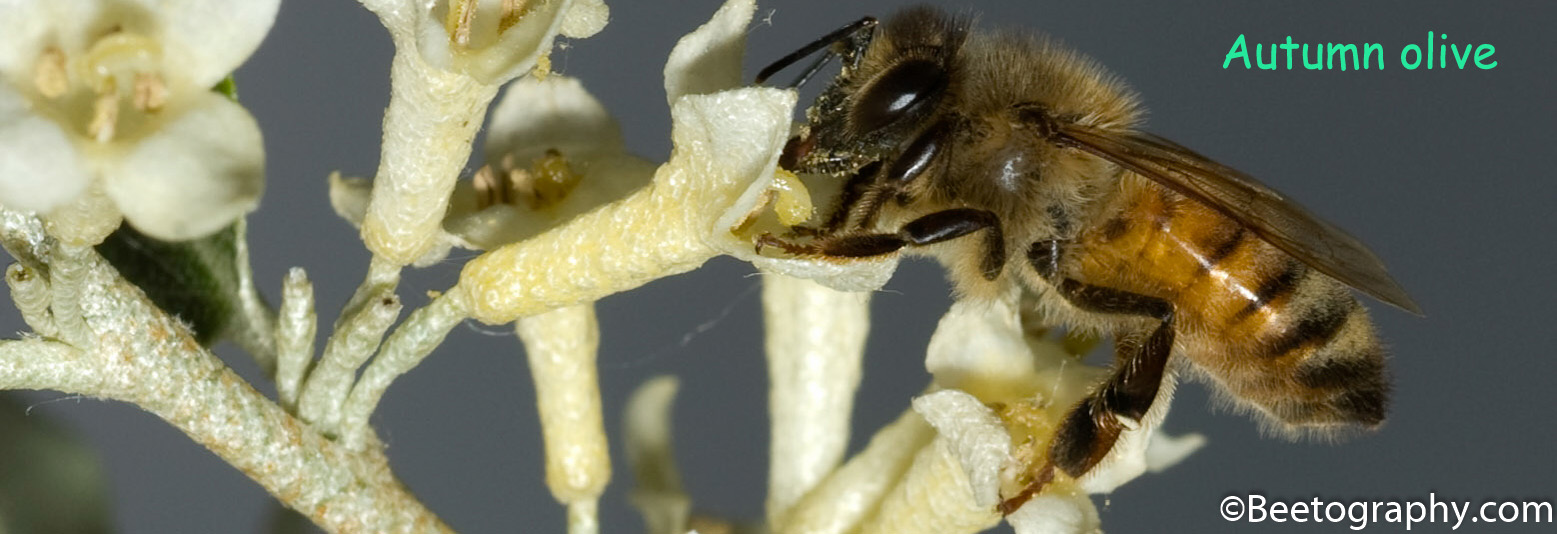Contact: Ken Nye (800) 292-2680 ext. 2020
LANSING, March 1, 2007 -Michigan fruit and vegetable growers who rely on honeybees to pollinate crops such as apples and blueberries will likely pay more for bees this spring if they have a chance of maintaining crop production in the midst of a mysterious disease that is killing honeybees.
“If I was a grower, I’d start making calls now to be sure you can get enough bees in about a month, when apples and cherries begin blooming. You will be able to find them, but you may have to pay more,” said Zachary Huang, associate professor of entomology at Michigan State University, in response to what’s called colony collapse disorder or dwindle disease. It’s cause is not known, but the disorder has been blamed for widespread bee deaths in 24 states, including Michigan.
California almond growers are reportedly paying up to $200 per hive, a major expense when a grower needs 2,000 colonies, according to Terry Klein , vice president of the Michigan Beekeepers Association. And even at that price, supplies are falling short.
Huang said Michigan is fortunate that its pollination season is so much later than California, where almond growers in particular are anxious about bee death right now. But, he said, California’s pollination window is about done, and beekeepers will begin moving their colonies to other areas of the country very soon.
Bee hive movement, however, may contribute to the mortality problem, Huang said.
“The most affected are the migratory beekeepers, which may indicate either a management issue or that the bees are too stressed,” he said. “The problem appears to be stress induced, but it also could be a contagious microorganism.”
Other insects can contribute some measure of pollination work, but it’s the honeybee, with its uniquely fuzzy body, that makes it such a crucial part of pollination, Klein said.
“Wasps, for example, are not good pollinators because of their hard-shelled body,” said Klein. “Honeybees beat their wings, creating static electricity, and their fuzzy bodies attract the pollen, and they carry it with them.”
Put very simply, without enough honeybees, pollination won’t be complete, Huang said.
“If you need two colonies per acre to pollinate an apple orchard, you cannot just put two colonies per 5 acres,” he said. “They won’t fly that far. And apples won’t bear a full crop without the honeybees.”
Blueberries may be in the most danger from the problem, Klein said, because they need three colonies per acre, and many growers struggled to find enough bees last year.
According to Klein , the problem has been around for at least three years, but may have been killing honeybees for much longer.
“Our problems go back 10 years to the tracheal mite,” he said. “We got that under control, then found the varroa mite. We still don’t have a handle on that, but the symptoms of what we’re seeing now are similar to the tracheal mite in that it kills all the bees in a hive. My losses aren’t counted yet, but I’m thinking we’ll see 80 to 90 percent loss in my 100 hives.”
As scientists continue research to discover what the problem might be, it’s possible that it’s a combination of microorganisms, along with poor “fall flow,” a term used to describe autumn bee activity as the insects use fall-blooming plants such as goldenrod and asters to stimulate brood production.
“During the last two years, there’s been too much humidity in the fall, and those plants didn’t produce enough nectar to make the queen bee keep producing new offspring. But that’s just my theory,” said Klein .
The dilemma is no one knows if it’s an accumulation of other problems or a new disease, said Ken Nye, horticulture specialist with the Michigan Farm Bureau.
“So long as we don’t know what it is, we don’t know what to change,” said Nye. “We have to know what it is before we can solve it. That’s the difference with this problem and previous problems. We could identify it before. Right now, we just don’t know what it is, or how bad things could get.”
That’s one reason Klein said he’s encouraging people to take up beekeeping.
“We’re putting an extra effort into getting more hobbyists involved,” he said. “We feel that a hobbyist with a couple hives can cover some of the pollination needs, and we need more because honeybees affect the entire food chain. We also need to make producers aware that they need to be very careful with their sprays, because we don’t know if certain pesticides, in combination with other problems, may be making things worse.”
Obviously, there are no easy answers, Nye said.
“Only time will tell if the existing bees can recover and do the job they’re designed to do. And only time – and more research – will uncover exactly what the problem is,” he said.
[http://www.mifarmbureau.com/press/agrinotes.php?date=20070301]
